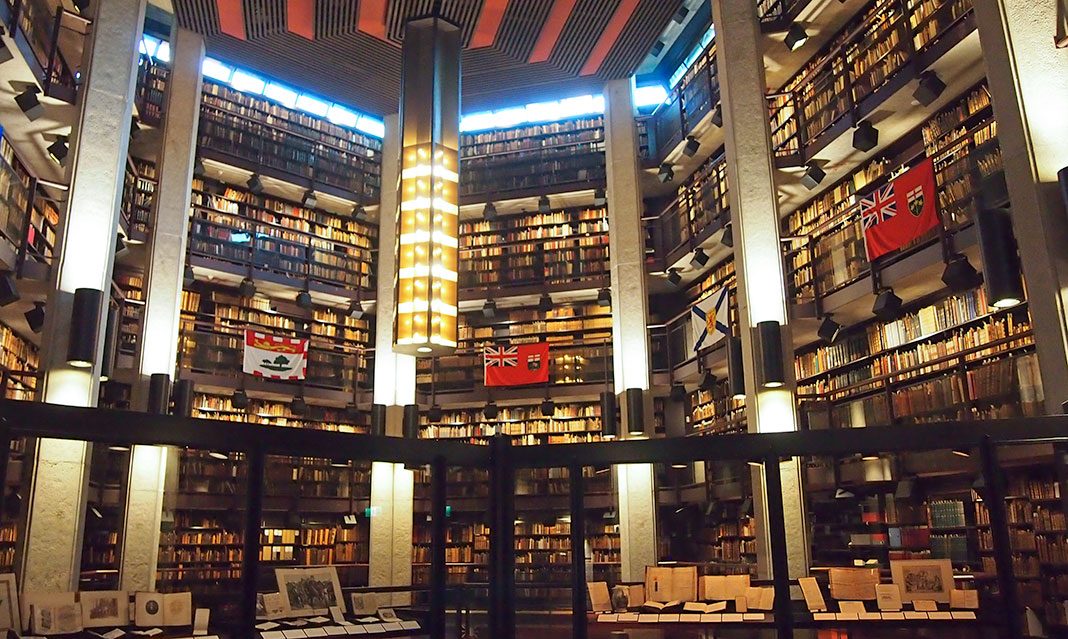While undergoing an inventory, the staff in the Thomas Fisher Rare Book Library stumbled upon the Roman Missal, a ceremonial book constructed in 1716 for a wealthy Venetian family. As The Globe and Mail describes, “the silver embroidery on the book had turned into a dull grey colour, and the pink ribbon markers had yellowed, just like many other books and manuscripts present in the library.”
When given special access to enter the library, The Globe and Mail writer Miriam Katawazi mentioned that the tiles were covered in red rot from leather bindings, and that the librarians and the staff working had to wear masks to protect themselves from the dust that covered most of the books—books that had not been signed out in years. After the library sustained significant damage to possessions due to a fire in 1890, a tradition to donate books and manuscripts has been established, including donations from Queen Victoria.
Pearce Carefoote, interim head of the Department of Rare Books and Special collections mentions how the Thomas Fisher Rare Book Library hosts 800,000 books, and, “four-and-a-half kilometres of author’s papers,” with books dating back to the 11th century.
As described on the library’s website, the library has extensive collections of “British, European, and Canadian literature, philosophy, theology, political science, the history of science, and medicine”. For their medieval manuscripts collections, combined with miniature paintings, the paintings are “simple line engravings, etchings, mezzotints, aquatints, stipple prints, and lithographs.”
Carefoote describes how the library is also committed to digitizing manuscript collections for easier access. He explains how this was the first time they conducted the inventory process in approximately forty years, primarily because of the ongoing renovations to the library’s exterior being done by the university. “[It was] a good time to take a good look at the interior holdings and confirm everything is where we expect it to be,” says Carefoote.
Carefoote emphasized that the enormous area that the library covers comes with its challenges. He alludes to his concerns about errors that might be overlooked during the inventory, as he stated to The Globe and Mail that “as long as human beings are doing their jobs, error is going to creep in.” Carefoote also mentions how he has been happy with the speed of their inventory work in the past few weeks.
“I was astonished […] that people have been taking interest in the methods we used to conduct a shelf-reading of the library which is a typical practice,” says Carefoote. The staff at the library and associated administration officials plan to take further steps for optimizing the interior library conditions—maintaining steady temperature and humidity, for example, to ensure the preservation of the collections for many years to come.



